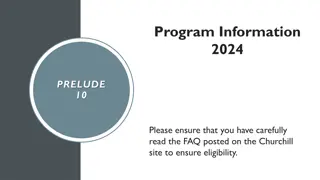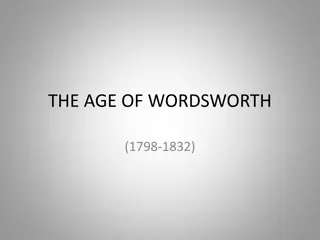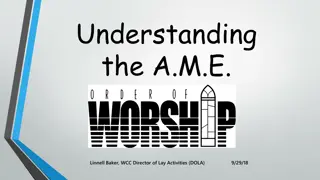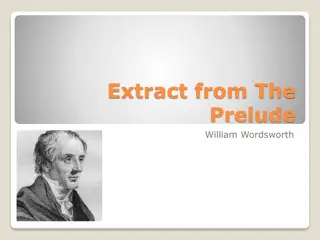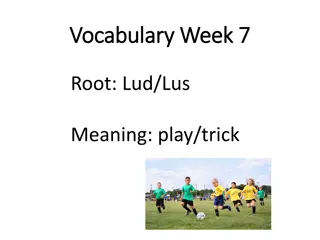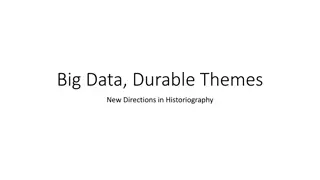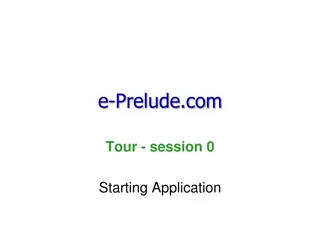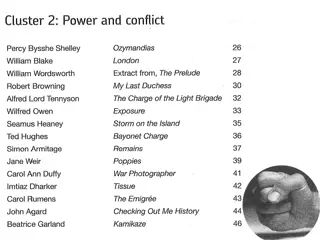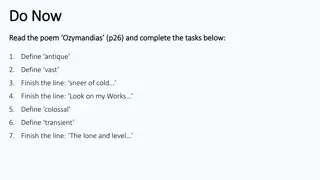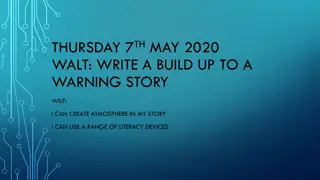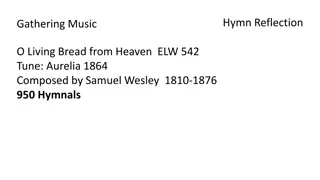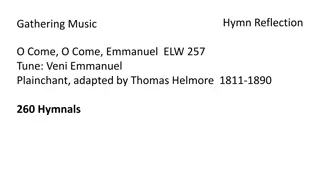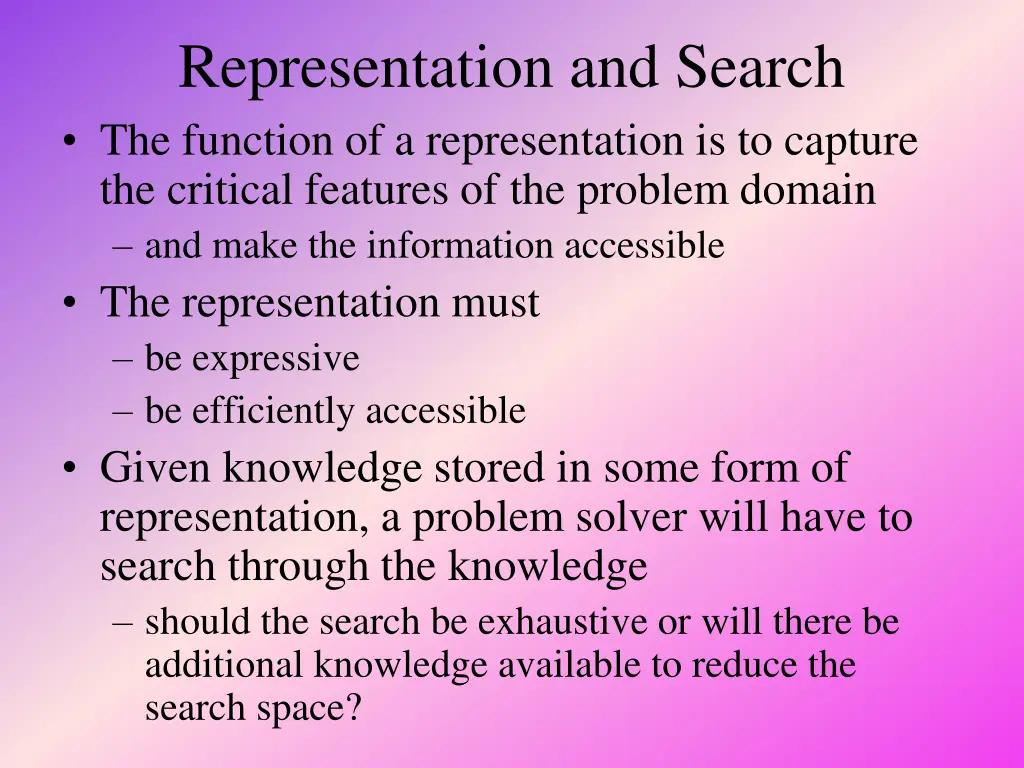
Understanding Representation and Search Techniques
Explore the significance of representation in capturing problem domain features and facilitating information accessibility, along with various search techniques like predicate calculus, graphs, trees, and more for effective problem-solving strategies in different scenarios.
Download Presentation

Please find below an Image/Link to download the presentation.
The content on the website is provided AS IS for your information and personal use only. It may not be sold, licensed, or shared on other websites without obtaining consent from the author. If you encounter any issues during the download, it is possible that the publisher has removed the file from their server.
You are allowed to download the files provided on this website for personal or commercial use, subject to the condition that they are used lawfully. All files are the property of their respective owners.
The content on the website is provided AS IS for your information and personal use only. It may not be sold, licensed, or shared on other websites without obtaining consent from the author.
E N D
Presentation Transcript
Representation and Search The function of a representation is to capture the critical features of the problem domain and make the information accessible The representation must be expressive be efficiently accessible Given knowledge stored in some form of representation, a problem solver will have to search through the knowledge should the search be exhaustive or will there be additional knowledge available to reduce the search space?
A Tic-Tac-Toe Search Space The full search space will consist of 9! entries What would a chess search space look like?
Automotive Diagnosis Search Space This form of representation is known as a decision tree At each node, a question exists to steer the decision making process If you answer engine to the first question, you descend the left-most branch of this tree Search is simplified because you only descend one branch until you reach a conclusion state
Two Representations Here, we see the same information being represented using two different representational techniques a semantic network (above) and predicates (to the left)
Another Example: Blocks World Here we see a real-world situation of three blocks and a predicate calculus representation for expressing this knowledge We equip our system with rules such as the below rule to reason over how to draw conclusions and manipulate this block s world This rule says if there does not exist a Y that is on X, then X is clear
Representation/Search Techniques We will study various forms of representation and search during the first half of this course Predicate calculus Graphs and trees Production systems Semantic networks and frames Cases and models Logic/resolution/unification Graph searches and heuristic methods Chaining Stochastic methods, fuzzy methods, abduction Cased-based reasoning As we cover this material, we will be combining chapters 2-9 as the textbook generally separates the representations from the search techniques used

